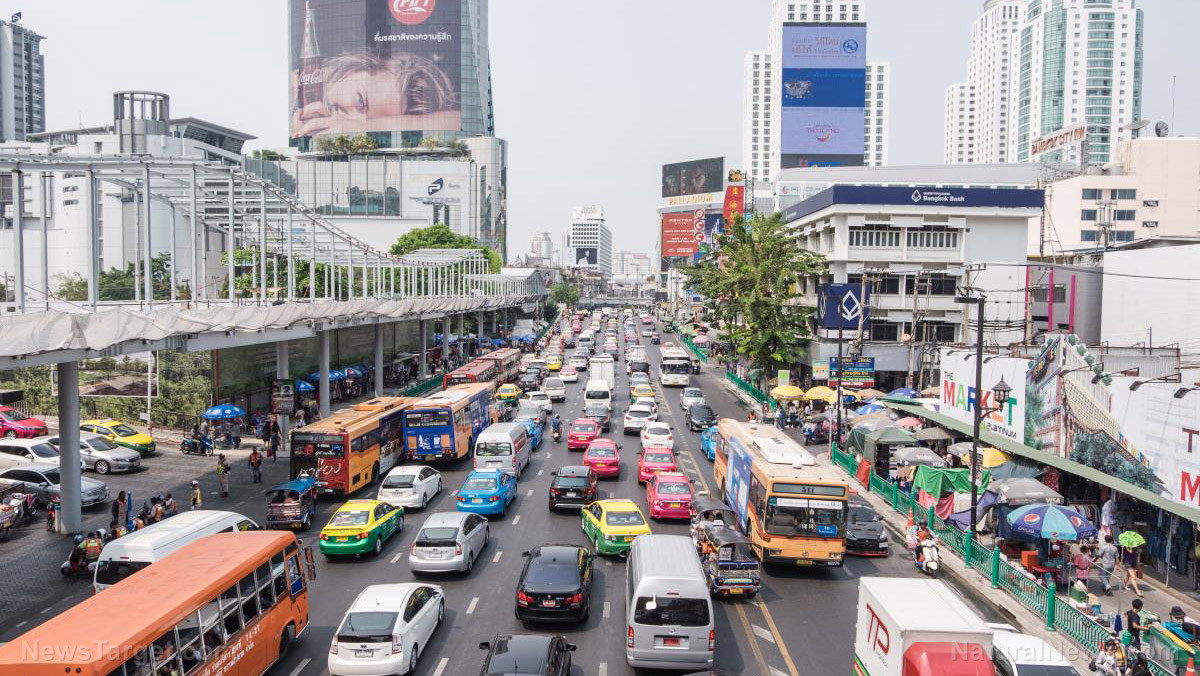
The aptly-named SiRENE (Short and Long Term Effects of Transportation Noise Exposure) study began in 2014. It used an integrated research approach to assess a representative population among Swiss citizens in terms of noise exposure, self-reported sleep disturbances, daytime sleepiness, and glucose balance. SiRENE was funded by the Swiss National Science Foundation (SNSF) and the Swiss Federal Office for the Environment (FOEN). The research is still ongoing, with the authors expected to release annual results until 2019.
The results published so far show a direct correlation between noise exposure and adverse health effects. In particular, road noise was seen to impact cardiovascular health. According to the researchers, the risk of developing (and dying from) a myocardial infarction increased by four percent for every 10 decibel increase in road noise at home. To put this in perspective, the Center for Hearing and Communication lists normal breathing as 10 decibels. Normal freeway traffic averages around 70 decibels.
Martin Röösli, the principal investigator of SiRENE, said on ScienceDaily.com, “Particularly critical are most likely noise events at night regularly disturbing sleep. The threshold for negative health impact is lower than previously suspected.” (Related: Sleep Deprivation Increases Risk of Diabetes and Heart Disease.)
Researchers also found that transportation noise impacted diabetes risk as well. After examining more than two thousand people exposed to various degrees of noise pollution, the team noted that those who were chronically exposed to high levels of noise were more likely to develop diabetes. Nicole Probst-Hensch, Head of the Department of Epidemiology and Public Health at Swiss TPH wrote, “Two mechanisms play a role. On the one hand, the chronic release of stress hormones influences insulin metabolism. On the other hand, sleep problems are known to negatively affect metabolism in the long term.”
Data from the SiRENE study will be used by the Swiss authorities to potentially adjust the noise limits within their Noise Abatement Ordinance (NAO). The establishment of safe noise pollution limits could save the government billions of Swiss Francs each year in medical costs. Still, Röösli said that other factors such as ample exercise and the cessation of smoking are more important to a person’s overall health rather than exposure to noise pollution.
Hear me out...no, really
For those living in the city, the initial response to this article could be, “Well, that’s great, but what do you want me to do about it?” It may prove to be impossible to completely eliminate road noise, especially if you live near a bustling roadway. Nevertheless, there are ways to reduce your exposure to high-levels of noise pollution. Consider these simple strategies, as recommended by TechTimes.com:
- Soundproofing your home - Professionally soundproofing your room can be expensive, but there are cheap tricks to try. Opt to use rugs or carpets to muffle sounds. You can also simply shut the door or window leading to the cause of disturbance.
- Keep still and be calm - The development of these diseases is linked to higher stress levels caused by a lack of sleep. Apart from reducing sound levels, a great way to prevent the onset of these illnesses is to just chill. Learn how to meditate and make your home a calming environment. Bedrooms should be areas solely for sleep (or sex) -- many health experts suggest removing distracting items such as television or laptops from the bedroom to promote sleep.
- Use earplugs - There are earplugs that can be bought relatively cheaply for nighttime use.
You can read more articles like this when you visit MindBodyScience.news.
Sources include:
Please contact us for more information.























